Have you ever wondered what the lungs work?
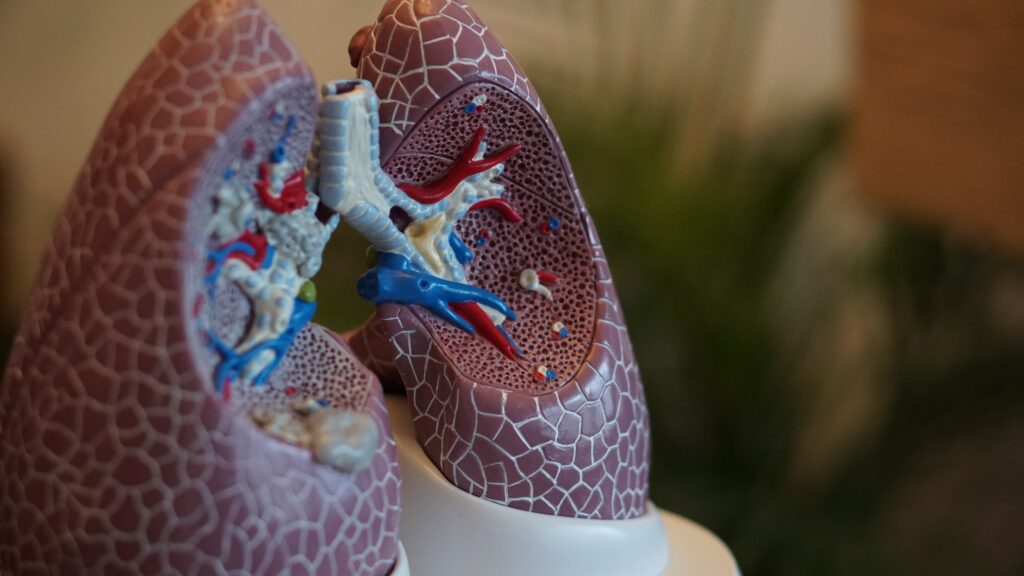
The cells of our body need oxygen to live, and when these cells do their work, they generate carbon dioxide. The lungs and respiratory system allow the oxygen in the air to enter the body and the body to get rid of carbon dioxide as it exhales.
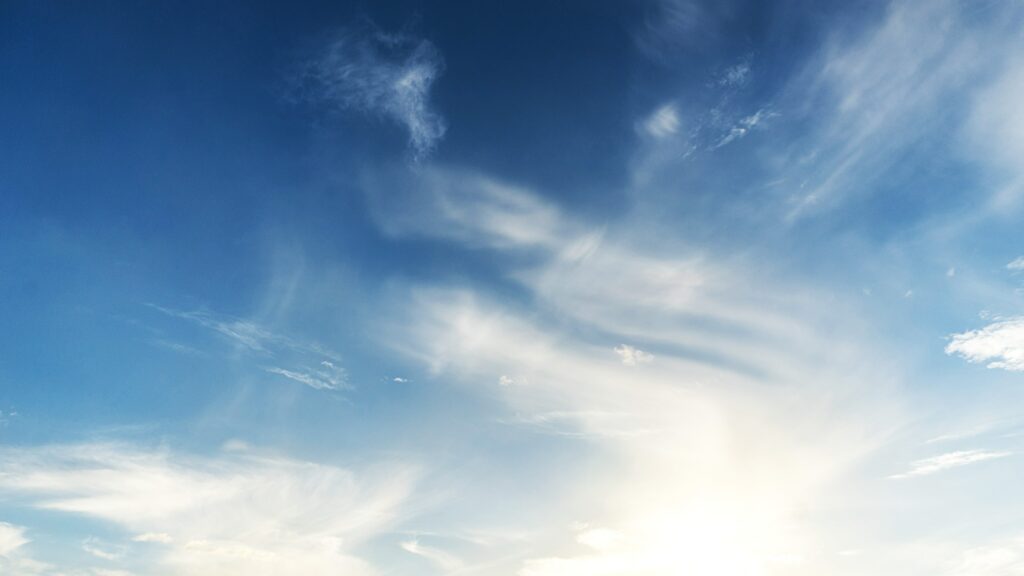
When we breathe, the diaphragm moves down toward the abdomen, and the rib muscles push the ribs up and out. This causes the chest cavity to enlarge and take in air through the nose and mouth to send it to the lungs.
As you exhale, the diaphragm moves up and the muscles of the chest wall relax. This causes the chest cavity to shorten and pushes air out of the respiratory tract through the nose and mouth.
Every few seconds, with each inhalation, air fills a large part of the millions of alveoli. In a process called “diffusion,” oxygen passes from the alveoli to the blood through the capillaries (small blood vessels) that line the alveolar walls. Once oxygen enters the bloodstream, hemoglobin captures it in red blood cells. This oxygen-rich blood flows to the heart, which pumps it through the arteries to oxygen-requiring tissues in the body.
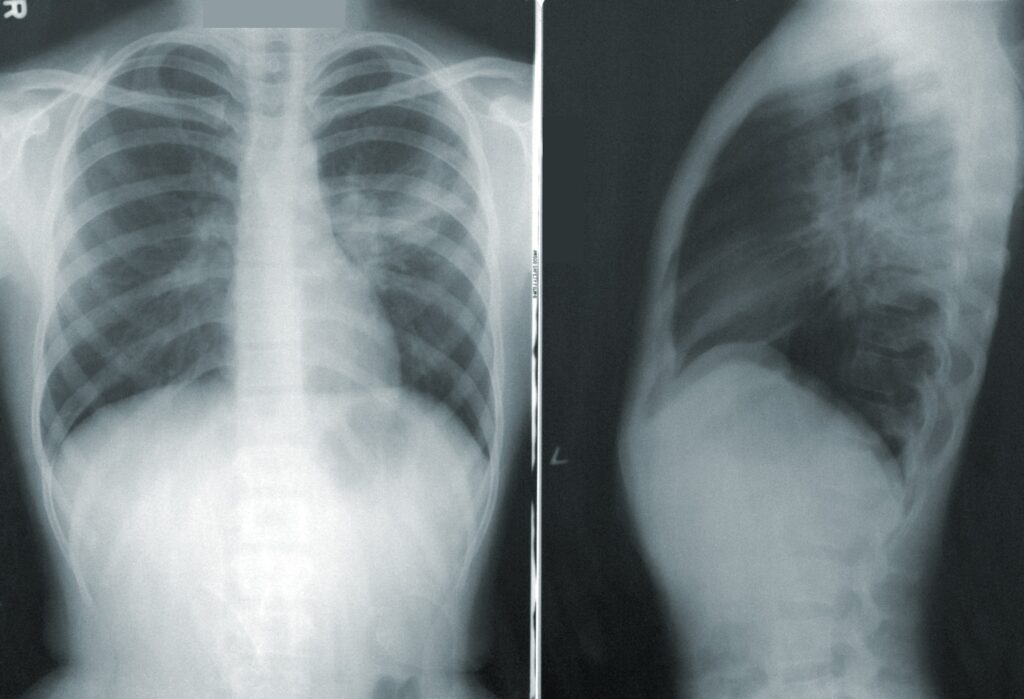
In the tiny capillaries of the body’s tissues, oxygen is released from the hemoglobin and passes into the cells. Carbon dioxide, produced by cells as they perform their function, leaves the cells and passes into the capillaries, where most of the carbon dioxide is dissolved in the blood plasma. Blood with a high carbon dioxide content returns to the heart through the veins. From the heart, blood is pumped to the lungs, where carbon dioxide enters the alveoli to be exhaled.
Let’s do the following scientific practice together and see the exercise that the lungs do!
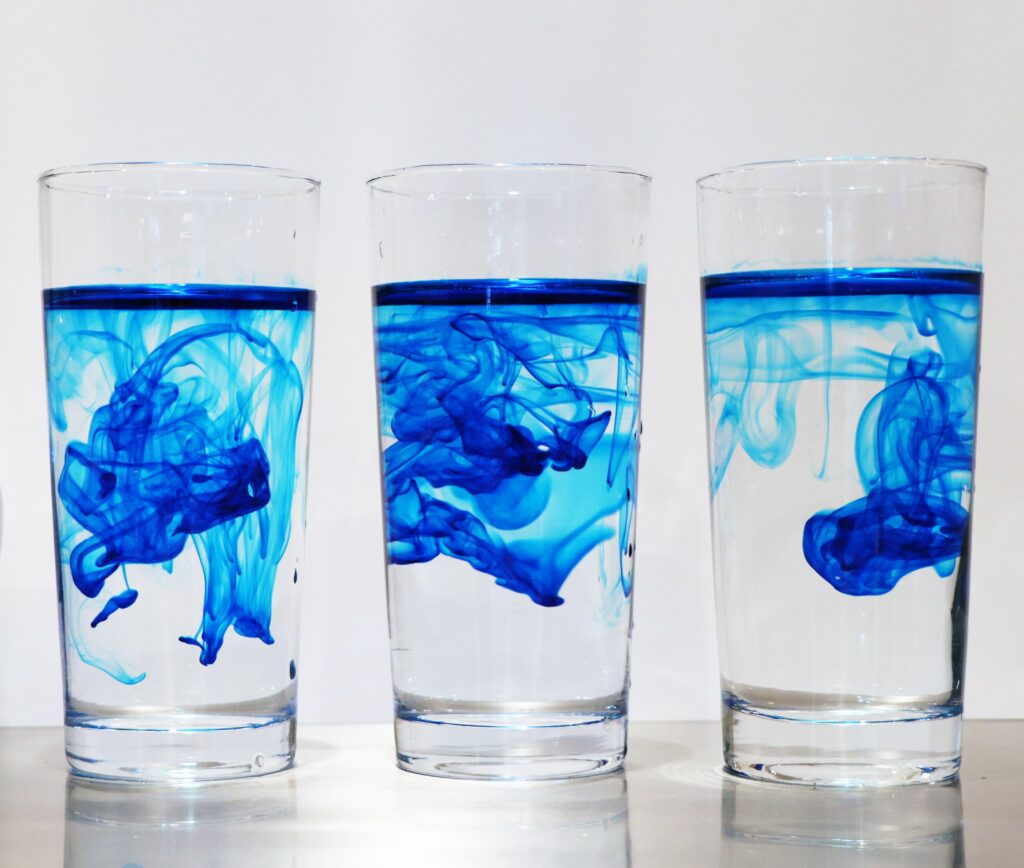
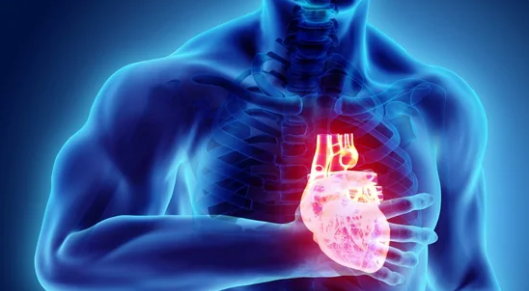

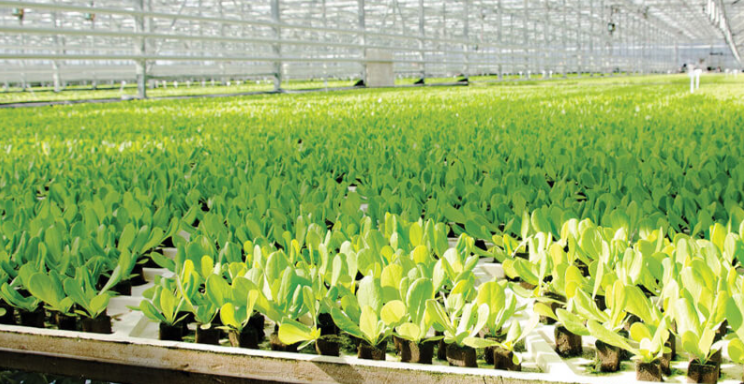
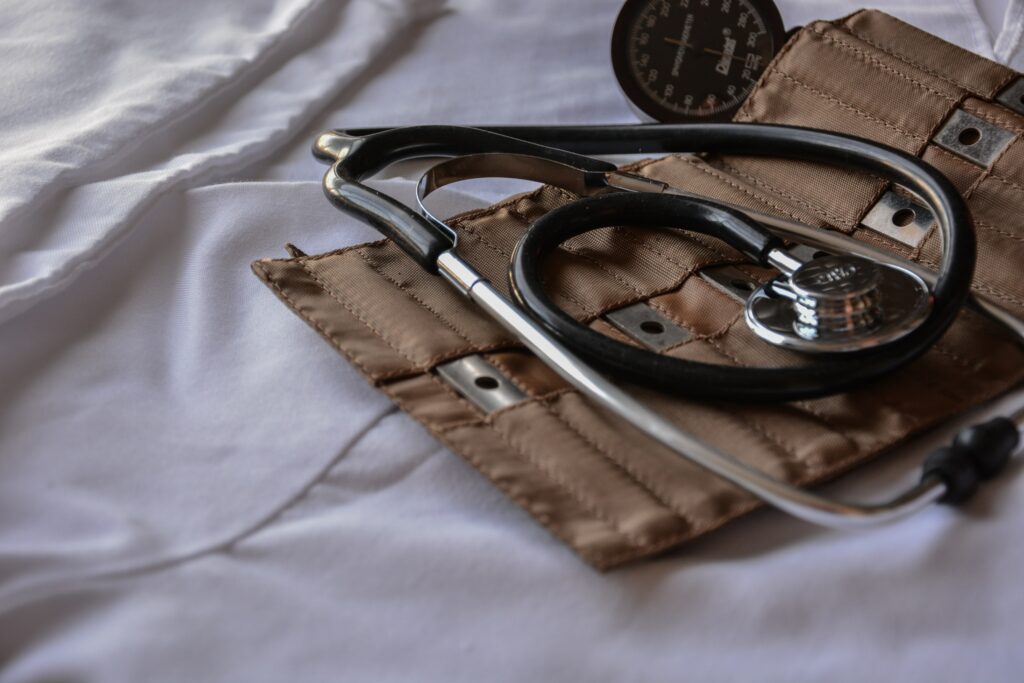
Responses